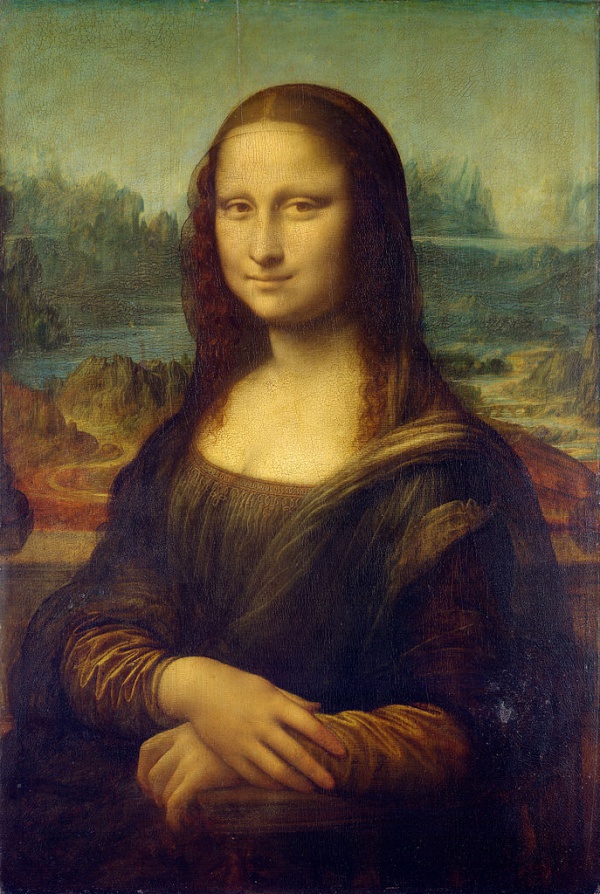Facts About Mona Lisa
The Mona Lisa, painted by Leonardo da Vinci during the Italian Renaissance, is one of the world's most renowned portraits. Known for its enigmatic expression, masterful composition, and lifelike detail, this half-length portrait is believed to depict Lisa Gherardini, the wife of a wealthy merchant named Francesco del Giocondo. Today, the Mona Lisa is housed in the Louvre Museum in Paris, where it attracts millions of visitors each year.
The name "Mona Lisa" originates from a description by art historian Giorgio Vasari. Over the years, there has been considerable debate about the identity of the woman in the painting, but most scholars concur that it is indeed Lisa del Giocondo. Leonardo began working on the portrait around 1503, and while opinions vary on when he completed it, some believe it was finished after 1513. Both the painting's subject and the background landscape have been extensively analyzed and speculated upon.
The Mona Lisa has undergone numerous conservation efforts to preserve its condition. These efforts have included cleaning, touch-ups, and frame adjustments. To protect the painting, it is displayed in a climate-controlled case with bulletproof glass at the Louvre.
The Mona Lisa's fame dramatically increased after it was stolen in 1911 and subsequently recovered. This incident contributed to its status as one of the most recognized artworks in the world. The painting has inspired countless artists, leading to numerous parodies and interpretations. Notable copies and early versions, such as those in the Prado Museum and the Isleworth Mona Lisa, have sparked debates among experts about their attribution to Leonardo.
Despite its immense value and cultural significance, the Mona Lisa continues to fascinate people globally. It remains an enduring symbol of art history and human creativity.

 Luxembourg
Luxembourg